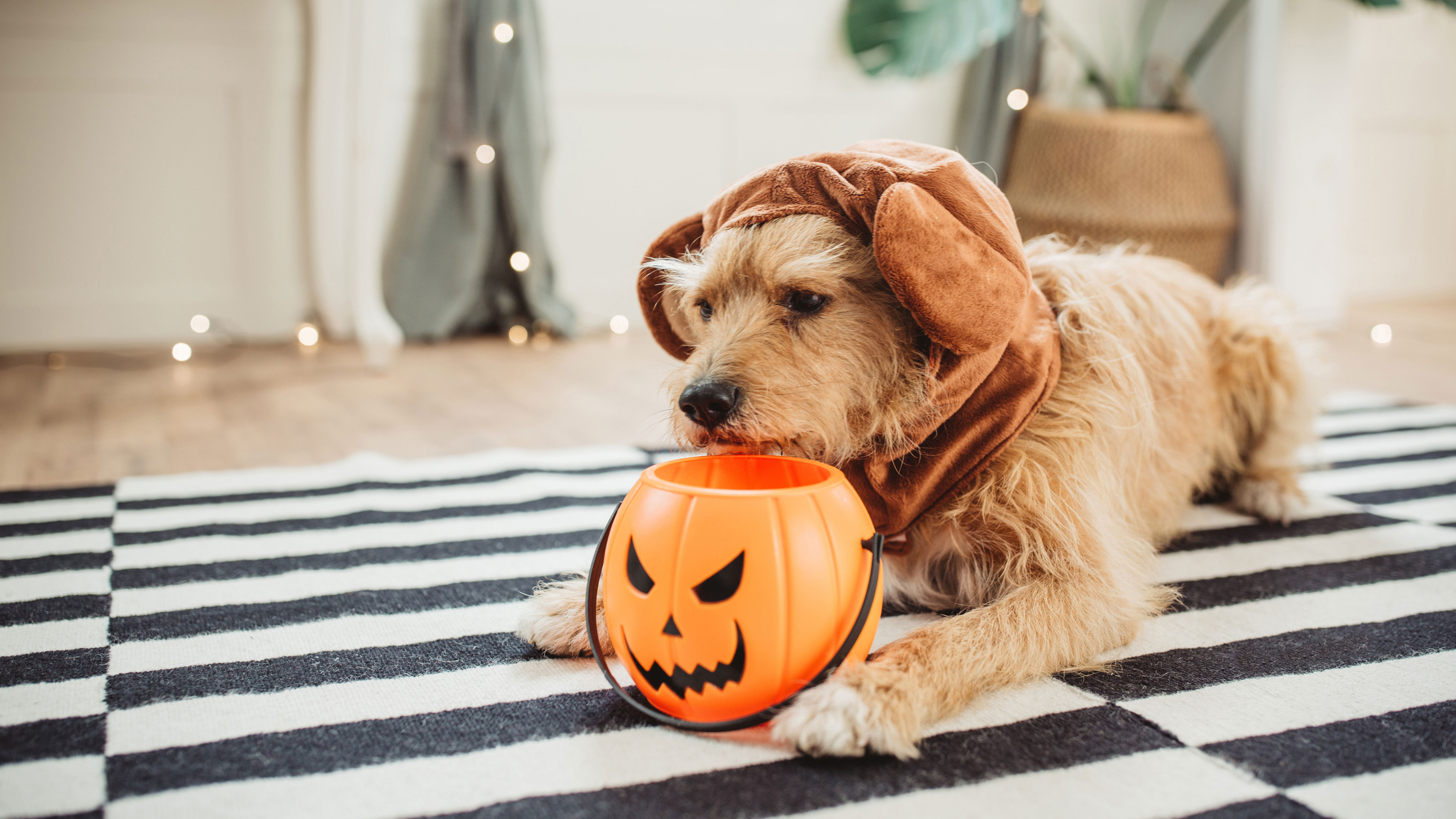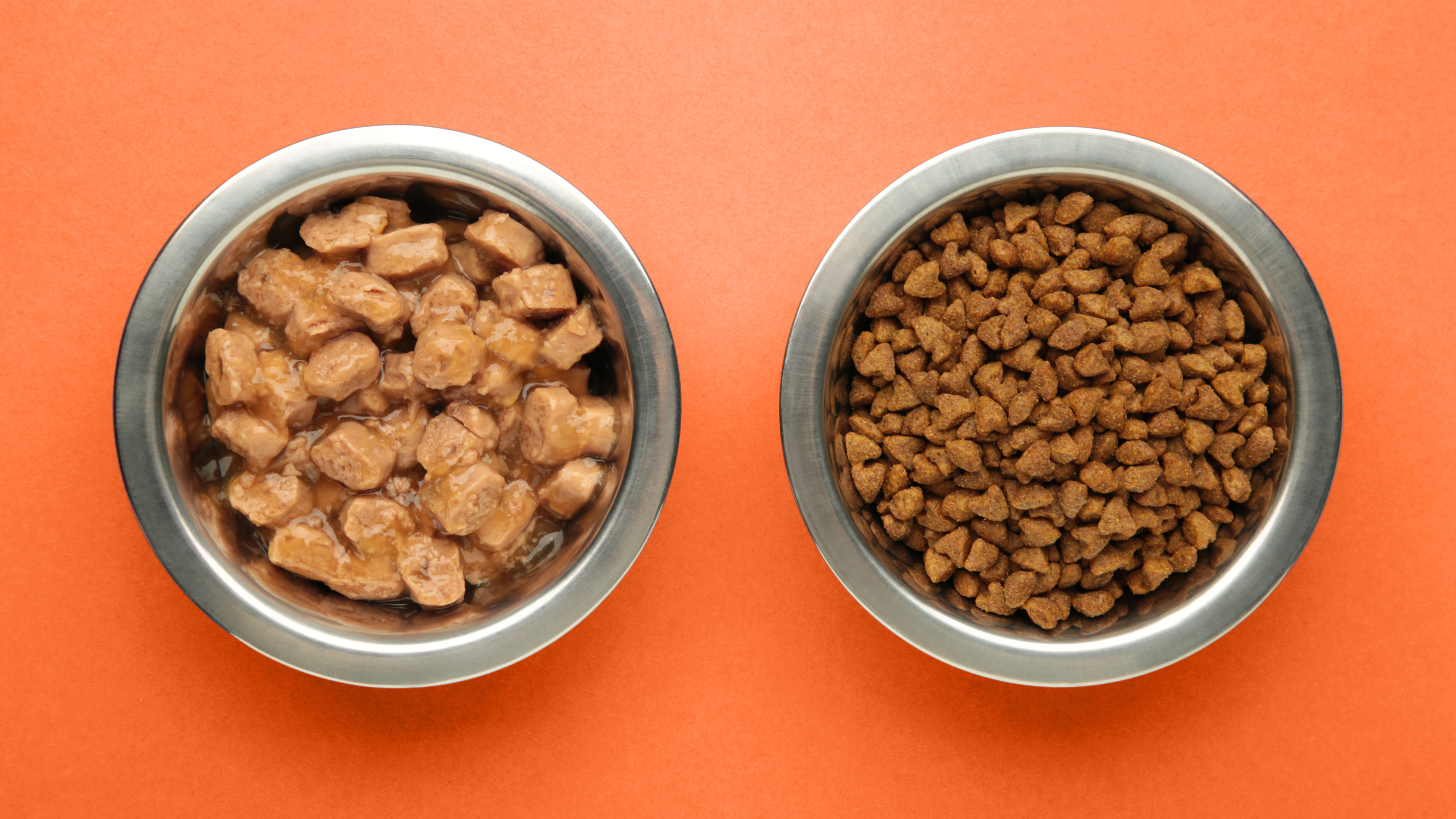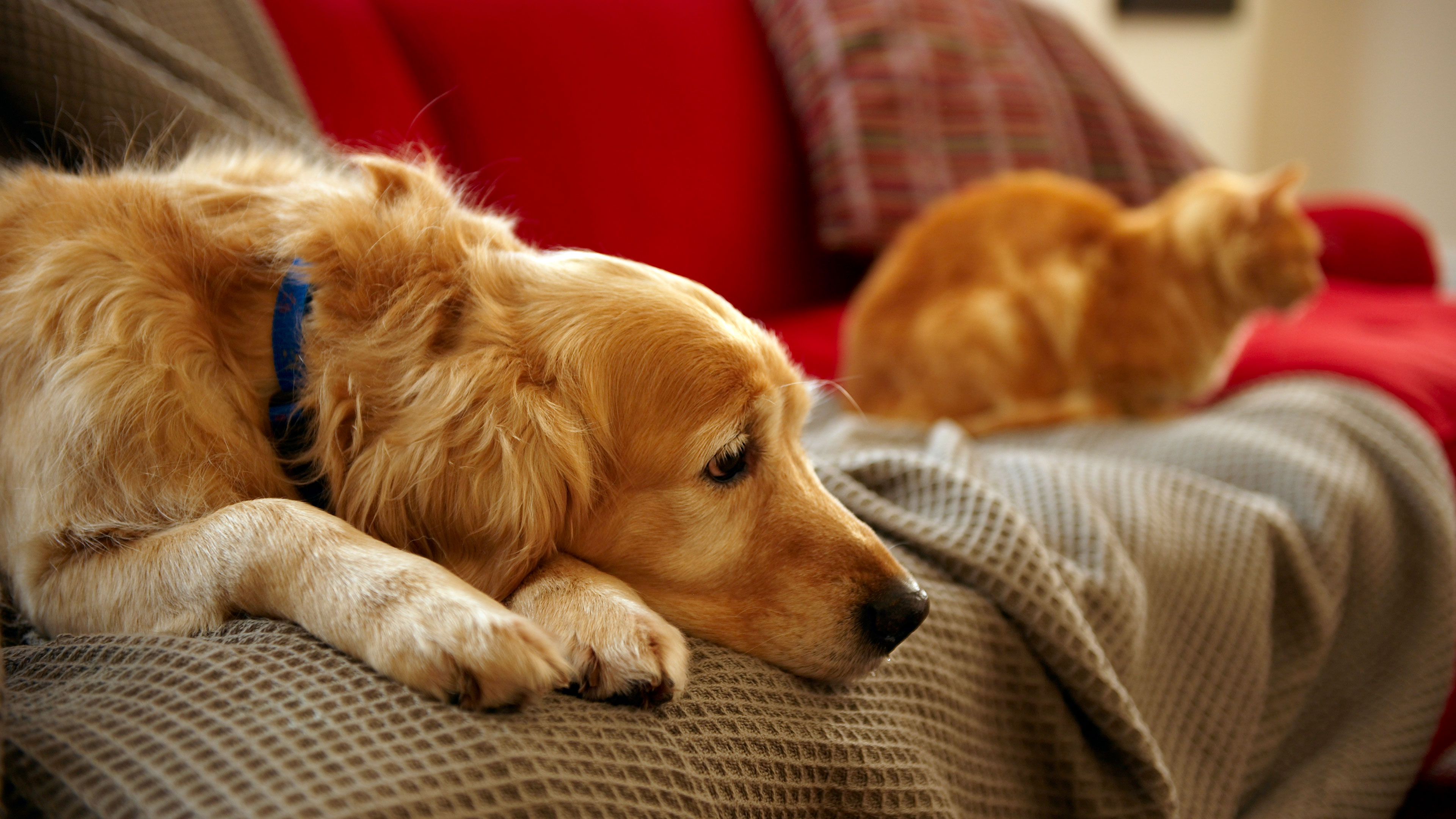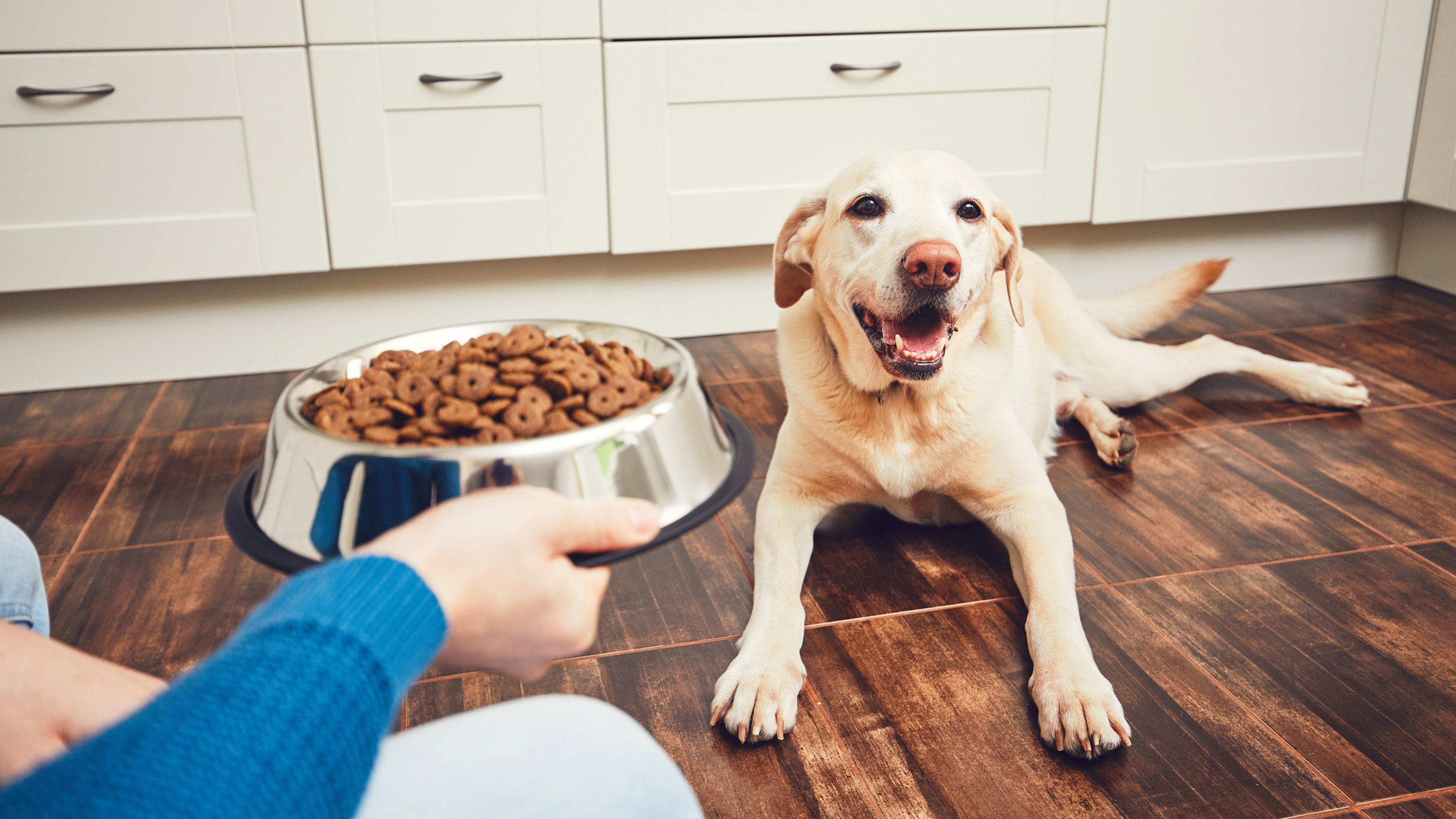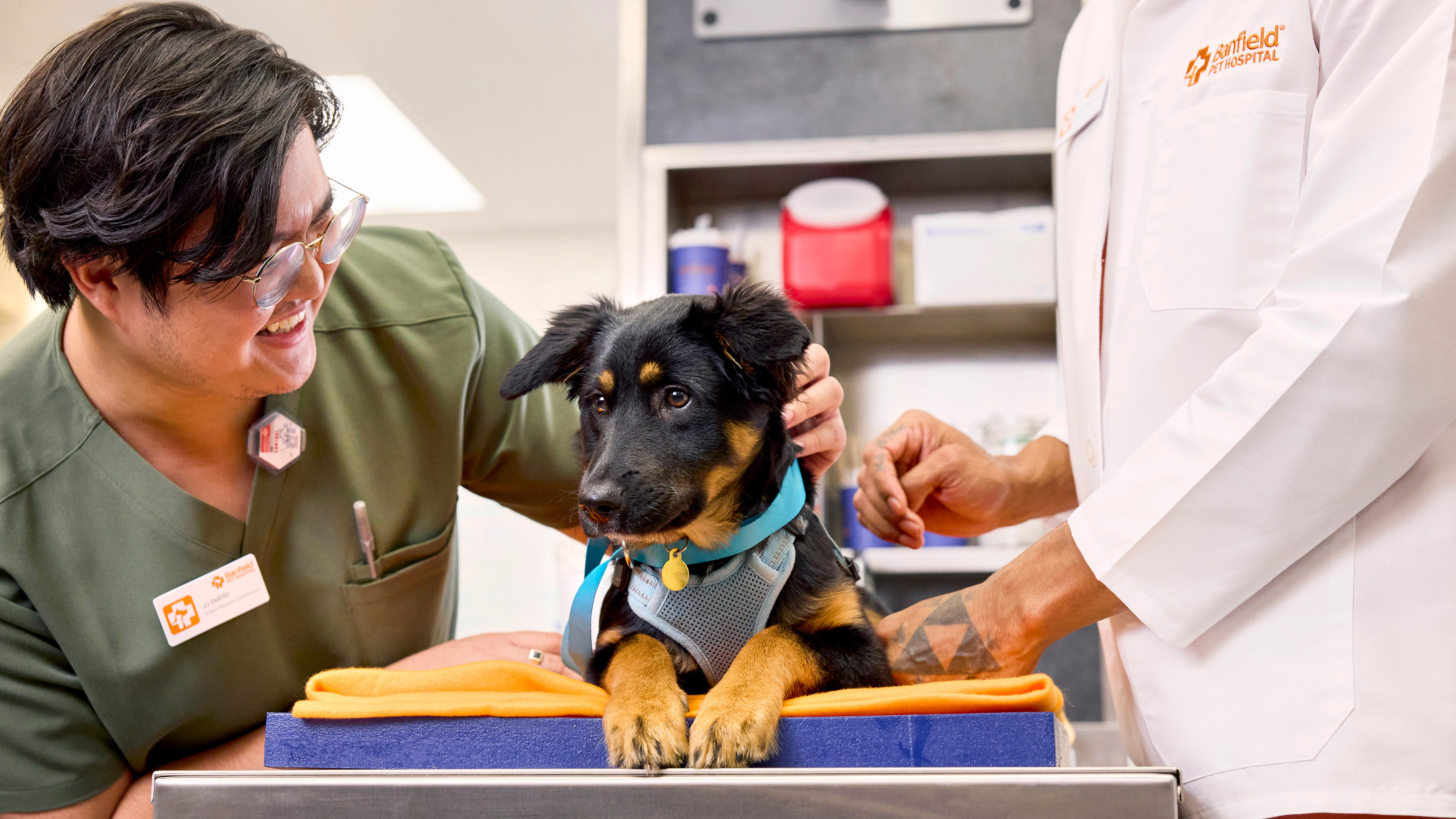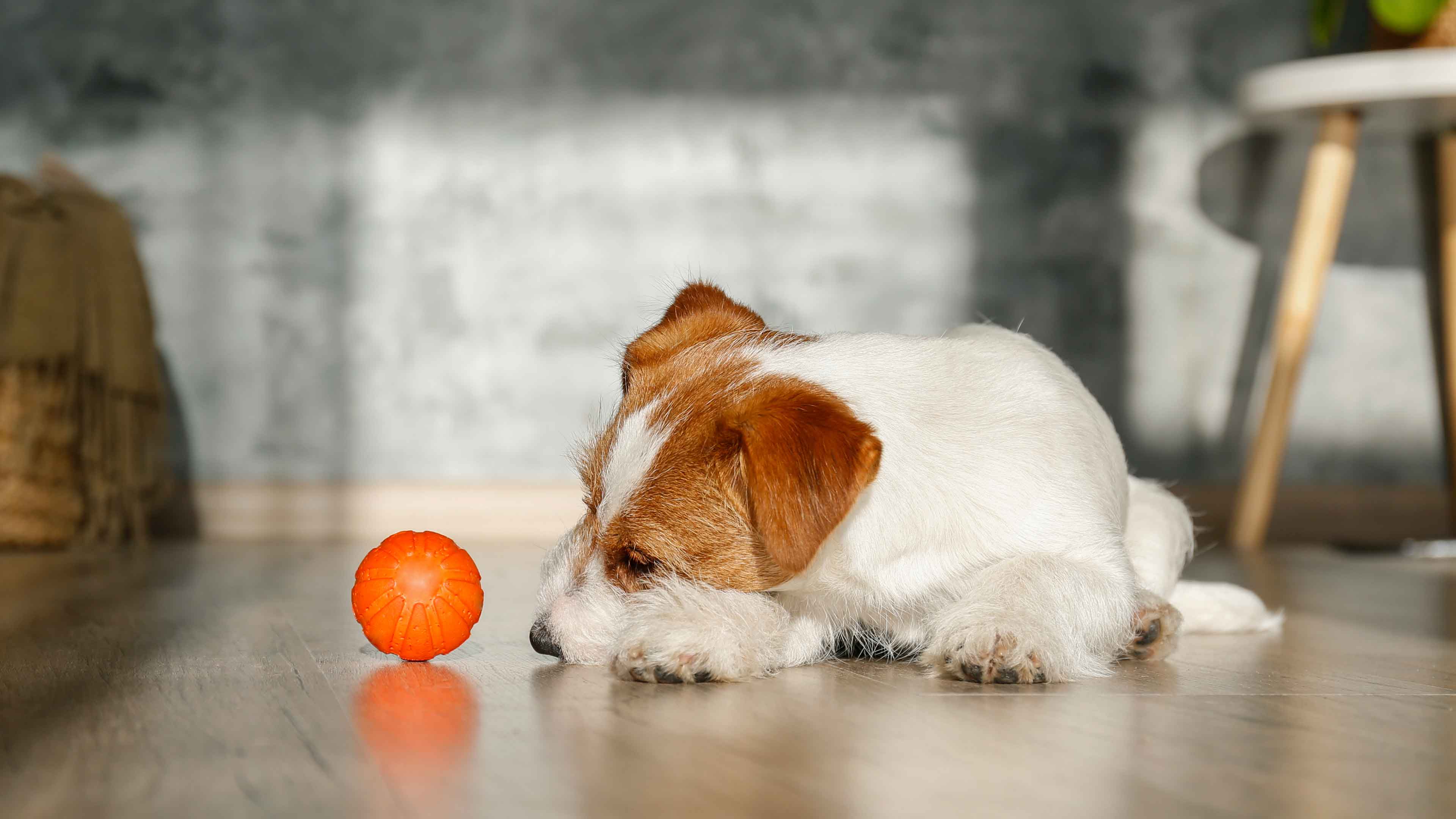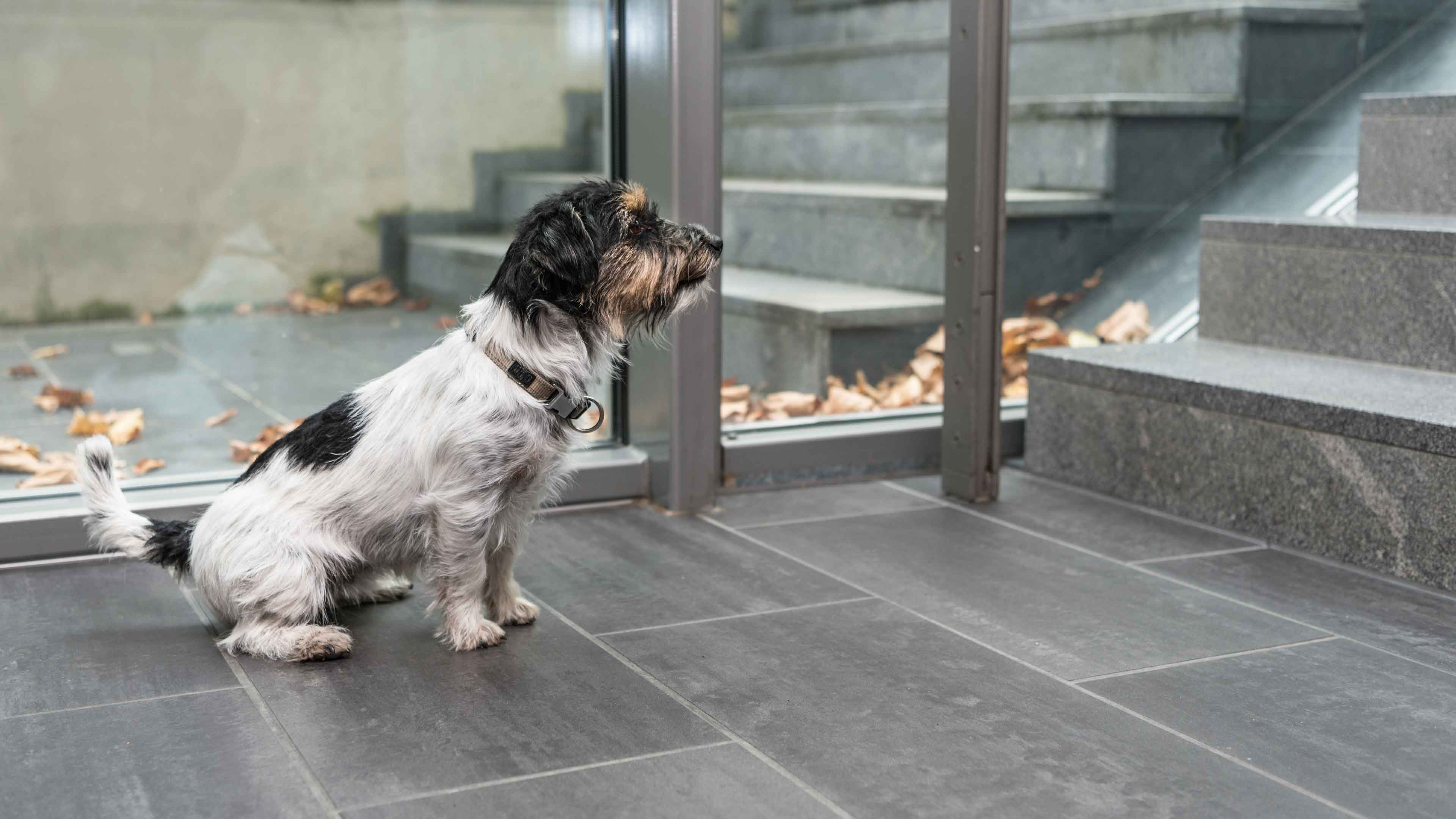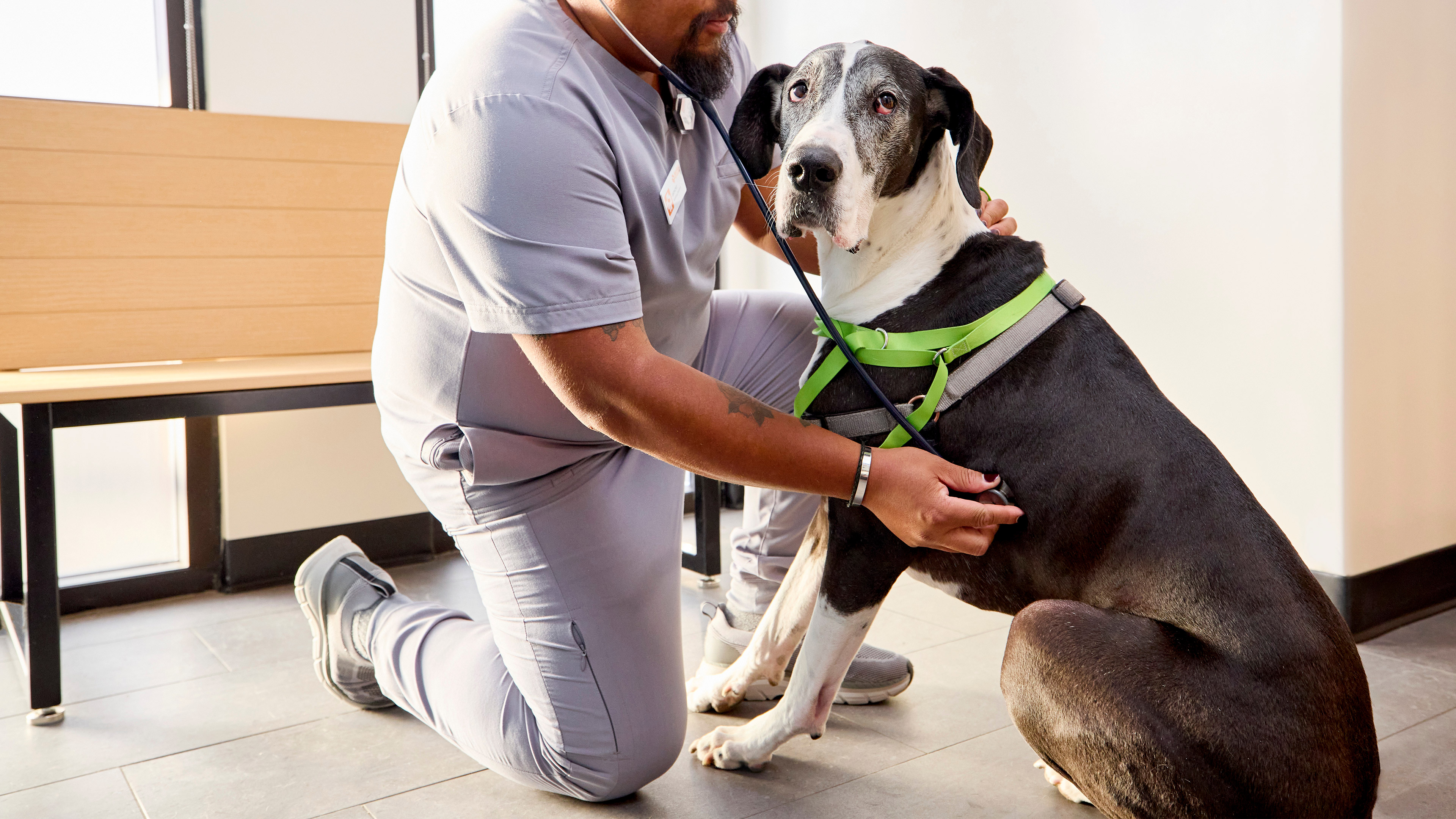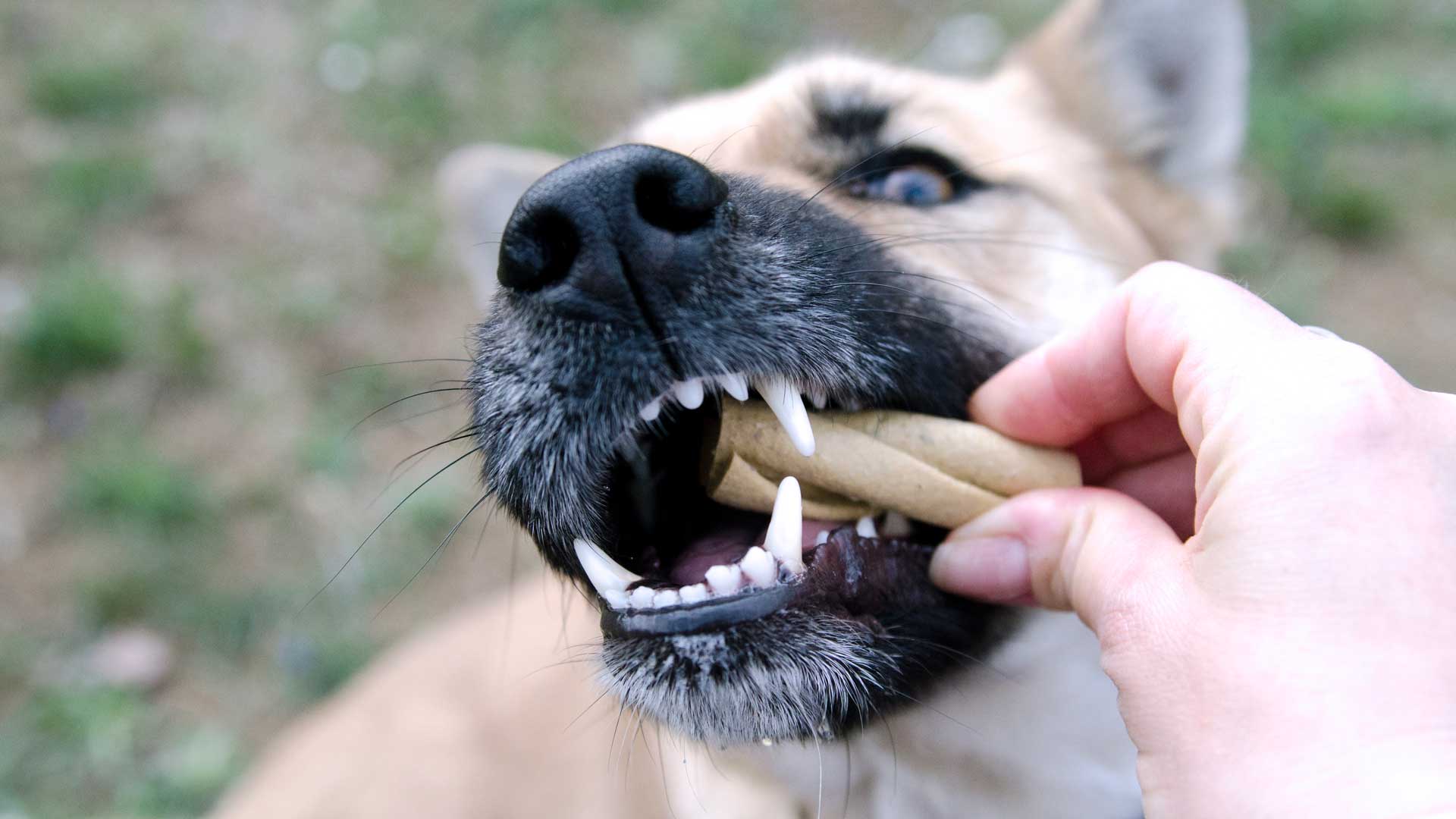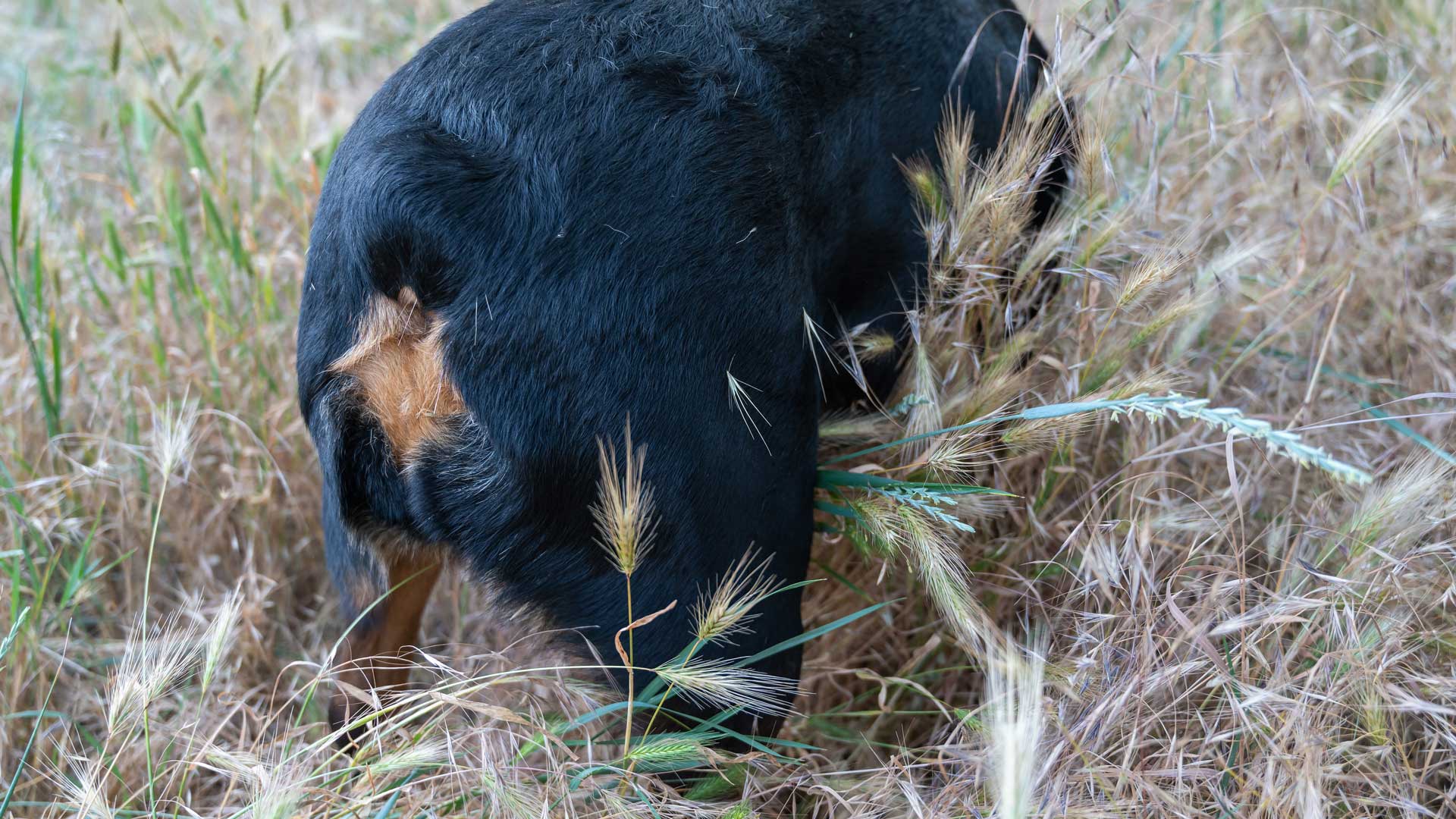toxic halloween treats for pets: what to keep out of paw’s reach
Here’s what you need to know about toxic treats, how to keep pets safe, and what to do if they sneak something they shouldn’t.
Chocolate
Chocolate is one of the most common pet hazards around Halloween. It contains theobromine and caffeine, which can be toxic to dogs and cats. The darker the chocolate, the more dangerous it is.Risks include: vomiting, diarrhea, rapid heart rate, restlessness, tremors, and in severe cases, seizures.
What to do: If your pet eats chocolate, call your veterinarian right away or call the pet poison hotline at 800-213-6680. Keep candy dishes and trick-or-treat bags far out of reach.
Xylitol
Xylitol is a sugar substitute often found in sugar-free gum, candies, and baked goods. Even small amounts can cause a dangerous drop in blood sugar in dogs, leading to weakness, collapse, or seizures. It can also cause liver damage.What to do: Check ingredient labels carefully and keep all sugar-free products away from pets. If you suspect your pet ingested xylitol, contact your vet or call the pet poison hotline at 800-213-6680.
Raisins and grapes
While not the most common Halloween treat, raisins sometimes show up in small snack boxes or chocolate covered. Grapes and raisins can cause kidney failure in dogs, even in small amounts. Cats are less likely to eat them, but they’re equally at risk.Signs of toxicity: vomiting, diarrhea, lethargy, and decreased appetite.
What to do: Reactions can vary from mild to fatal, so even if your pet has one grape, it’s important to contact your vet or call the pet poison hotline at 800-213-6680.
Candy wrappers and sticks
Even if the candy itself isn’t toxic, the packaging can still cause trouble. Foil, plastic wrappers, and lollipop sticks can lead to choking, intestinal blockage, or irritation of the digestive tract. Pro tip: Teach your dog the “leave it” command — it comes in handy for preventing snacking on things they shouldn’t.
Alcohol and caffeine
Halloween parties sometimes involve more than candy. Alcoholic drinks and caffeine in energy drinks, coffee, or even chocolate-covered espresso beans can be dangerous for pets.Risks include: vomiting, diarrhea, loss of coordination, tremors, and potentially life-threatening drops in blood pressure or blood sugar.
What to do: You know the drill — if you suspect your pet has ingested alcohol or caffeine, please call your veterinarian or the pet poison hotline at 800-213-6680.
Glow sticks and costume props
Not technically “treats,” but worth mentioning: Glow sticks and glow jewelry may look like fun toys to a curious dog or cat. While the liquid inside is usually not highly toxic, it can cause drooling, foaming, and stomach upset. Plus, chewing on plastic tubes can cause injuries.How to keep pets safe on Halloween
- Keep candy bowls out of reach. Store bags and buckets high up or in closed cabinets.
- Educate guests and kids. Remind trick-or-treaters and visitors not to share snacks with your pets.
- Use pet-safe treats. Have approved snacks or chews on hand so your dog or cat doesn’t feel left out. We’ve got some fun recipe ideas here.
- Clean up promptly. Pick up wrappers, dropped candy, and empty cups right away.
- Set up a safe space. If your pet is anxious with visitors or tempted by candy, give them a quiet room away from the action.
Halloween is all about fun and treats — for humans. For dogs and cats, the safest celebration is one where candy stays out of reach and pet-friendly snacks are on hand instead. By knowing the risks and planning ahead, you can enjoy the holiday without any scary surprises at the vet’s office. Check out our additional Halloween safety tips here.
Important Notice: The information provided on this page is for informational purposes only and is not a substitute for professional veterinary advice. Always consult a veterinarian with any questions regarding your pet's health or medical condition. Never disregard or delay seeking professional veterinary advice based on information from this page.
 Mites and mange
Mites and mange Podcast - Not Just Fluff
Podcast - Not Just Fluff
